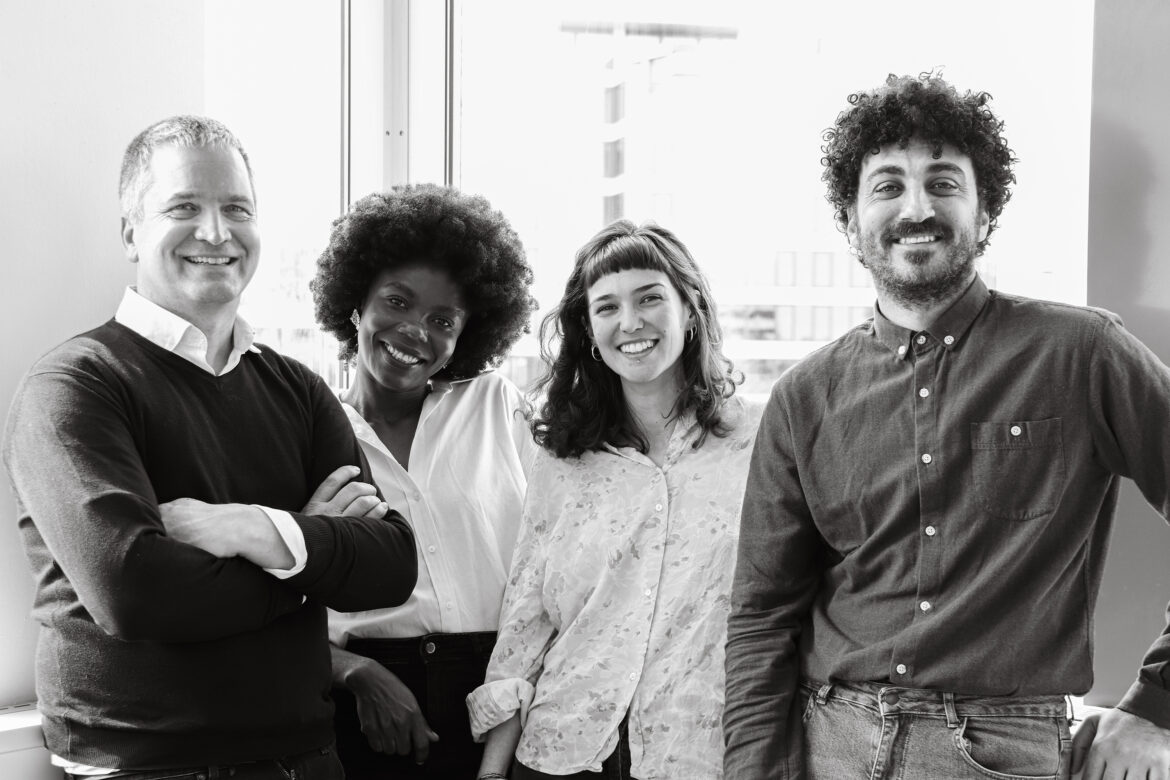Subprojects | Project Area C | Circulation and Order
C08
Architectures of Asylum II: Circulation of Governance Approaches, Planning Knowledge, Design Practices, and Materialities
In the first funding period, the subproject investigated subjective socio-spatial practices of appropriation and home-making among refugees in refugee camps and emergency shelters in Germany and Jordan. Research revealed these processes to be conflictual negotiations in which different bodies of knowledge become hybridized. The CRC’s guiding hypotheses on polycontexturalization and translocalization as manifestations of the refiguration of spaces proved fruitful for the analysis of this hybridization of subjective spatial knowledge. It was shown that they decisively shape extreme locations of asylum architectures, both in their materiality and as socio-spatial constructs. In this respect, another key finding was the observation that conditions established by regimes of care and control, which co-determine asylum architectures, cannot be understood as monolithic and homogeneous. The institutional knowledge manifested through planning and design standards or management regulations is shaped by complex, multiscalar and translocal dynamics of circulation.
In the second funding period, the subproject will undergo a shift in perspective in order to devote greater attention to these dynamically developing systems of order and the actors, conflicts and negotiation processes associated with them. Civil society actors and city administrations involved in concrete planning and construction processes of asylum architectures will constitute a key focal point of the investigation. These actors take on an increasingly important mediating role: between, on the one hand, asylum legislation defined at the national level, geostrategic security policies, actors belonging to the international humanitarian regime such as UNHCR (United Nations High Commissioner for Refugees), globally active NGOs and development agencies and, on the other hand, the contextual factors and concrete everyday conflicts and challenges arising locally. The subproject will address the question which new “glocal” governance constellations emerge in the management of refugee migration in cities and how they influence the physical-material constitution of space through asylum architectures. By observing planning negotiations and the places they create in their physical-material dimension, the project investigates how nationally and supra-nationally defined regulatory frameworks (political and legal bases, norms, design standards, or manuals) are adapted to local conditions as assurances for technopolitical regimes of refugee housing and care, and what kind of new regime-building processes grow out of this constellation.
In continuity with the first funding period, the project will extend its case study of Berlin Tempohomes as a particular typology of emergency shelters. The case study in Jordan will be refocused on the metropolitan area of Amman. Abuja in Nigeria will be added as a third, validating case study in a region characterized by crises, internal displacement and international interventions. The subproject thereby expands the spectrum of asylum architectures under study and seeks to develop a typology beyond refugee camps and emergency shelters. This approach also allows for the consideration of a wider group of refugees, internally displaced persons, and migrants, between whom it is increasingly difficult to draw clear distinctions. Taking the critical juncture of global refugee migration as an example, the subproject looks at urban crisis management in terms of multiple spatialities asking how it is shaped and changed by translocally operating conflicts and encounters between different spatial figures, each characterized by particular political, legal and technical aspects.
Phase 1 (2018-2021)
Architectures of Asylum: Appropriation Processes in Refugee Accomodation
The subproject ‘Architectures of Asylum’ examines the re-figuration of spaces with the example of physical-material and symbolic appropriation processes of refugees at the asylum accommodations. The project is guided by the hypothesis that the extreme situation of refugees makes visible processes of the re-figuration of spaces that are also generally effective in other migration processes. We intend to ground a new theory and practical insights for an urbanized society that is increasingly mobile and influenced by intercultural encounters.
The focus is on the following research questions: What spatial knowledge do people make relevant to their particular situation in the state of hovering between place of origin, dramatic escape and the arriving and uncertain period of stay at an unfamiliar place of asylum? What is the relationship between the subjective experiences of space, which have been collected in different places and contexts? How do spatial constitutions change in their relationship dynamics with an ongoing period of time, and by what factors are changes influenced? Further questions are: How does refugees’ spatial knowledge hybridize practices of the place of origin, experiences made during the escape, as well as during the arrival at an unfamiliar place of asylum? And how do spatial appropriation processes collide with humanitarian logics and technocratic emergency management approaches at the place of asylum?
Empirically, the study will focus on Syrian refugees who have found shelter at asylum accommodations as of 2012 in Jordan and Germany. The study is designed as a qualitative comparative study, which explores the arrival and the establishment of refugees at different asylum centres and draws conclusions on the re-figuration process of space. We ethnographically and spatially explore refugee shelters in both Jordan and in Germany. In Germany, our case field sites are emergency accommodation facilities in Berlin Lichtenberg, Marzahn-Hellersdorf, Neukölln, and Kreuzberg, including the surrounding urban contexts. The case study fieldsite in Jordan is the urbanized UN refugee camp Zaatari, close to the city of Amman. We assume that the comparative study of the very different conditions to which the Syrian refugees are exposed in Jordan and Germany provide information also on how the context of the asylum accommodation affects the refugees’ spatial localisation and relocation process.







